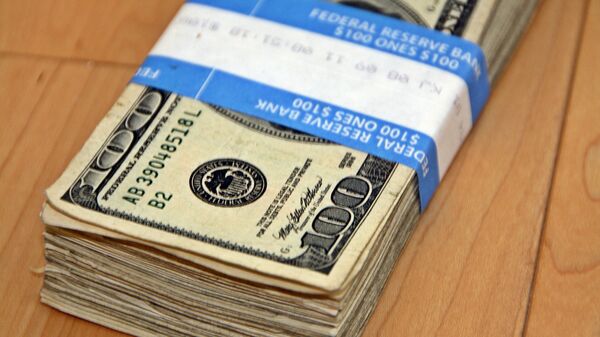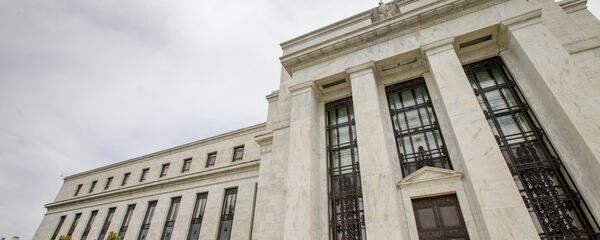Kristian Rouz — US central bankers have dismissed speculations that the Federal Reserve could cut its borrowing costs this year, suggesting such a move would be unnecessary due to the ongoing economic expansion and declining unemployment rate. However, US President Donald Trump says a rate cut could energise the US economy, arguably pushing it above 4 percent annual expansion.
Rates are expected to remain stable or modestly higher in case inflation picks up, unless a sudden economic shock prompts Fed officials to respond.
"With the economy operating at or close to the Fed's dual-mandate objectives… we can, I believe, afford to be data-dependent", Clarida said in a speech at Stanford University's Hoover Institution.
However, Fed rates aren't expected to go up either — as core US inflation, excluding food and fuel costs, was just 1.5 percent in February and 1.9 percent the following month — which is below the Fed's 2-percent target. Inflation remains tepid despite the labour market being at "full employment", with the jobless rate at just 3.6 percent as of April.
"On a 12-month basis, overall inflation and inflation for items other than food and energy have declined and are running below 2 percent", US central bankers said in the Fed's most recent policy statement.
READ MORE: White House to Fed: Slash Interest Rates, Now!
Economists have expressed concern with the persistently low US labour participation rate, which was at 62.8 percent last month — below January's 63.2 percent, and far below the all-time high of 67.30 percent posted back in 2000.
Officials believe inflation could gain momentum if labour productivity and work participation improve down the line — in that case, the Fed could continue to hike rates. But a rate cut is almost off the table.
"I don't see much evidence that inflation expectations are moving down. They have been relatively stable. I don't see a compelling case that we have lost credibility on the inflation target", President of the Federal Reserve Bank of Cleveland Loretta Meister said.
However, recessionary pressures in the EU, currency crises in Turkey and Argentina, along with the slowing global demand for consumer goods and commodities pose a longer-term concern for US policymakers.
Additionally, while Trump and his White House officials believe they would be able to strike a series of bilateral trade deals across the globe, the risk of disruptions in trade with EU, China, and the nations of Southeast Asia remains quite high.
READ MORE: Trump Says Cain Withdraws Nomination for Federal Reserve Board
Meanwhile, US economic growth for the first quarter of this year came in at 3.2 percent — far above earlier expectations, as experts believed the partial government shutdown at the beginning of the year and harsh winter conditions could have weighed on the pace of GDP expansion. That didn't happen, and forward-looking projections suggest the US economy could accelerate to above 4 percent annual expansion in the second half of the year.
But some policymakers are cautious, saying some underlying weakness remains, while the economy is in its late-cycle expansion phase — meaning, it would now take less to trigger an economic downturn.
"I think it's still my view that we are running out of the capacity in the workforce", Dallas Fed President Robert Kaplan said. "I would expect it's going to slow down but I don't think it's going to be a bad sign".
Fed officials have reaffirmed they will watch the developments in ongoing trade talks with China, as well as monitor the global economic landscape to identify and tackle risks at an early stage. Overall, the course of monetary policy is expected to remain stable in the upcoming months.



